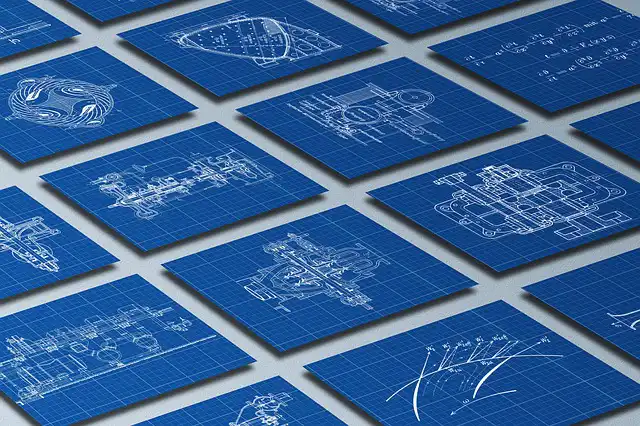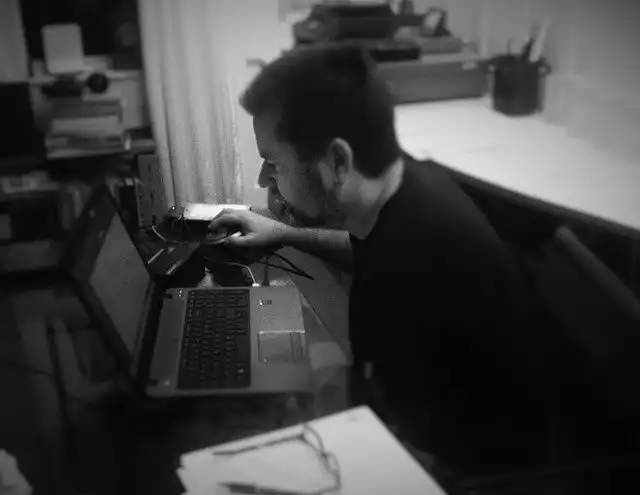CNC programming creates program instructions for computers to control a machine tool. CNC programming can generate a code that directs a CNC machine’s operations. Manufacturers use this Computer Numerical Control programming to instruct machinery.
CNC devices use G codes and M codes to control machining production. The G codes control the part’s positioning or tools and prepare the region for the cutting and milling process. M codes can switch on the rotation of devices and other functions, such as speed, tool number, offset, and feed.
There are different types of CNC programming. They include manual programming, CAM CNC programming, Conversational or CNC programming.
Manual programming is ideal for simple tasks. Manual programming needs too much focus and requires the programmer to know the machine’s response. It is the most challenging thing for the programmer to visualize the program’s outcome.

CAM CNC programming
If you lack advanced maths skills, this type of CNC programming is the best for you. CAM programming overcomes all the maths issues involved by manual programming. It converts the CAD design into a CNC understandable programming language. It offers a reasonable middle ground level of expertise. CAM programming also provides more options for automation compared to manual programming.
Conversational CNC programming
Conversational programming is the easiest and ideal language for beginners or CNC starters. The operator verifies tool movements before executing the program to ensure the design’s accuracy. There’s no need to know G codes to create the required cuts; users can use straightforward language to enter the essential details. It is unable to accommodate complex paths.
What is CNC technology?
CNC technology has played a significant role in the development of industrial settings. It has helped the industries to increase production and manufacturing costs. CNC technology uses advanced machinery and languages to enhance the development of products. Machines such as CNC mills or lathes are controlled by the computer Numerical Control language. This makes it easier to manufacture the user’s products. The varying types of CNC machining processes have left a remarkable effect in the industrial sector.
What is CNC software?
CNC software programs and automates the manufacturing process. It is the digital tooling used to produce programs for CNC machines. CAD and CAM are the most common CNC software; CAD software designs the parts, resulting in drawings and solid models. CAM software takes the CAD drawings. It analyses them and uses input from the machinist or programmer to output g code from the machine controller. Other types of CNC software are CAE software and slicer software.
What is a CNC program?
To tell the device what to do, you need a CNC program. A CNC program is a list of instructions to the machine. CNC machines read G codes or M codes which make up the CNC program. G codes are a series of instructions that tells the machine what to do. A number follows the G in G code to change geometry; for example, G00 is an instruction for rapid movement. M codes control the non-geometry machine functions, including simple rotation start and stop, coolant on and off.
An example of M code is
M00 tells the machine to stop whatever function the program is currently doing.
What is CAD-CAM programming?
CAD programming uses software to create two-dimensional or three-dimensional models of physical components. CAM controls machine tools and related ones in manufacturing parts or workpieces. CAD-CAM programming designs and manufactures prototypes, production runs, and finished products. With CAD-CAM programming, you can create a digital version with specific dimensions. They feature and use the blueprint to create a natural part. Computer-Aided Manufacturing takes the CAD design and creates a tool path to manufacture it.
CNC programming for beginners
Starters in CNC programming should look for software, to begin with. Software that combines CAD and CAM is ideal for novices. If you are a beginner, it is helpful to find more accessible software that you can use and always request demos whenever possible. You have to learn computer programming skills and maths skills for the CNC programming lessons to become more accessible. Always make a schedule to get programming skills. If you want to master the CNC programming techniques, you have to put in some effort, which requires a lot of practice.
Start with simple projects. Avoid heavy projects requiring more expertise and becoming more challenging. It will be easier to tackle heavy projects if you succeed with small projects with time. Do not hesitate to ask for help whenever you are stuck during a project.
CNC programming examples
Example 1: Subprogram Joining Multiple Arcs
CNC Part Program
N10 T1 H1 M6 G43 M3
N20 F150 S250
N30 G0 X-21 Y50 Z0.5
N40 G0 Z0
N50 M98 P040050
N60 G49
N70 G0 Z50
N80 M30
Subprogram
O0050
N10 F160 S400
N20 G0 Z-2.5 G91
N30 G1 G90 X5 Y50 G41 (P1)
N40 G2 X22 Y85.23 I45 J0 (P2)
N50 G3 X78 Y85.23 R45 (P3)
N60 G2 X78 Y14.77 R45 (P4)
N70 G3 X22 Y14.77 R45 (P5)
N80 G2 X5 Y50 R45 (P1)
N90 G0 G40 X-21
N100 M99
G M S T Codes Explanation
Code
Description
G00
Rapid traverse
G01
Linear interpolation
G02
Circular interpolation CW
G03
Circular interpolation CCW
G40
Cutter compensation cancel
G41
Tool nose radius compensation left
G43
Tool length compensation + direction
G49
Tool length compensation cancel
G90
Absolute command
G91
Increment command
M03
Spindle start forward CW
M06
Tool change
M30
End of program (Reset)
M98
Subprogram call
M99
End of subprogram
T
Tool
S
Speed
F
Feed
Example 2
CNC Mill Example
G0 X30 Y-30 (P1)
G1 Y22.67 (P2)
G3 X24.07 Y26.18 R4 (P3)
G2 X-18.27 Y23.46 R50 (P4)
G3 X-23.46 Y18.27 R4 (P5)
G2 X-23.46 Y-18.27 R50 (P6)
G3 X-18.27 Y-23.46 R4 (P7)
G2 X 24.07 Y-26.18 R50 (P8)
G3 X30 Y-24.67 R4 (P9)
G1 X33
G M S T Codes Explanation
Code
Description
G0
Rapid traverse
G1
Linear interpolation
G2
Circular interpolation CW
G3
Circular interpolation CCW
M30
End of program (Reset)
How to become a CNC programmer
You do not necessarily need to have a degree to become a CNC programmer. Some employers want certified candidates. There are ( associate degrees or apprenticeship programs) in CNC precision machining, machine operations. Most employers need one to have a high school diploma or GED. Major CNC job applications demand at least five years of experience using or programming CNC machines.

To become a CNC programmer, you have to understand the basics of aerospace materials and tools. They include plastics, aluminum, stainless steel. An understanding of advanced mathematical principles and skills may come in handy.
Be ready to work in areas where noise is loud regularly because most CNC jobs take place in noisy mechanical regions.
Moreover, a CNC programmer needs skills to work with drafting software. They must understand blueprint drawings, engineering notes, and technical jargon related to CNC machines.
A CNC programmer may be required to perform the functions of a technical writer. It is an ideal decision to take a course in English, business writing, or report writing. It would help if you had the confidence to speak in front of people, especially in meetings, and it is best to get supervisory skills.
- Pyrography Techniques for Beginners: Textures and Shading - January 23, 2024
- Troubleshooting Jointer Issues: Why is Your Jointer Not Flattening Wood? - October 11, 2023
- Unlocking the Secrets of Jointing to Increase Width - September 29, 2023